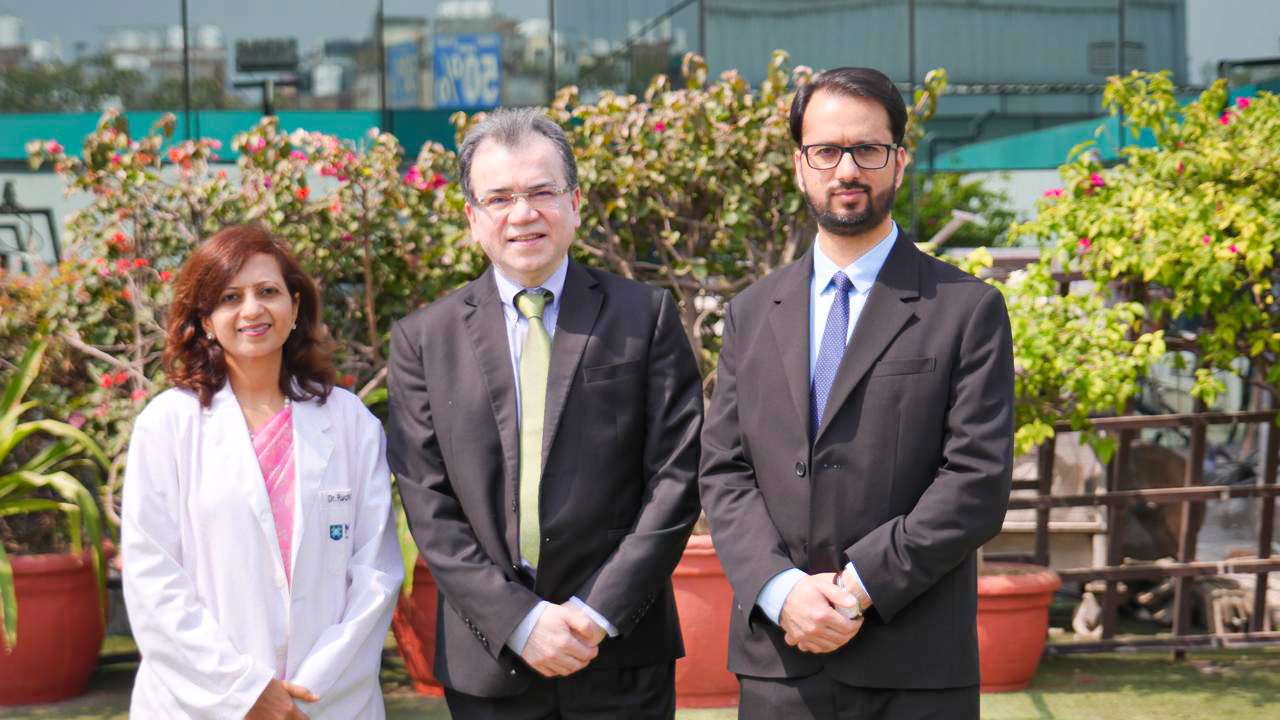-
The Most Trusted
Liver Transplant Centre in India. Welcome to CLBS

CLBS delivers holistic care to patients with Liver and gastrointestinal diseases. We focus on individualizing the patient's treatment according to the nature and stage of his disease and the functional status of his other organ systems—his heart, his lungs, coexisting diabetes, or any other health problems that he may have. We are the best liver transplant hospital in India!
Some of the more common ones are:
Congenital abnormalities
Metabolic liver disease
Acute hepatic necrosis (death of liver tissue) due to:
Cirrhosis – a chronic problem that impairs the liver’s ability to remove toxins (poisonous substances) from the body
Cholestatic liver disease
Liver tumors, both malignant and benign (noncancerous)
Other diseases and conditions
Congenital hepatic fibrosis
Before final selection and listing for liver transplantation, the child undergoes a multidisciplinary pretransplant evaluation to determine the current status of the liver disease and the extent of its progression. All outside medical records, radiological studies, and liver biopsy materials are reviewed. The transplant hepatologist and surgeons do consultations. Blood tests may include
Imaging studies and other tests
After these assessments and tests are completed, our team of experts meets with the family and discusses all treatment options.
There are two sources: living donors and recently deceased donors.
Deceased donors are individuals whose organs have been made available for donation at their request before death or by their families after death. The types of deceased-donor transplants include:
Full graft liver transplantation – The entire liver from a deceased donor is transplanted to a recipient of similar body size.
Reduced-size liver transplantation – A liver from a larger donor is trimmed to fit a smaller recipient.
Split liver transplantation – A large liver is split and shared between a small adult (right lobe) and a child (left lobe).
Unfortunately, deceased donor organs are available only rarely in the Indian subcontinent and across most of Asia.
For more information on living donors, click here (should link to the section of live donor living transplant under transplant operation)
One of the advantages of living-donor transplantation is that the procedure can be scheduled at a time that works best for both donor and recipient. For donors, the major issue is their work and family schedule. For the recipient, the principal constraint is a health condition and control of complications. For example, if the recipient develops a sudden fever, the procedure will be delayed until the cause is found and any potential infection controlled.
The length of hospitalization will vary, depending on the individual patient. A typical hospital stay for school-age children is 14 to 18 days.
Patients are placed on immunosuppressive drugs to prevent rejection of the transplanted liver. Since immunosuppressants make patients vulnerable to bacterial and viral diseases, they are monitored for signs and symptoms of infection.
The transplant team also monitors the child for signs of bleeding and other potential postoperative complications. Rarely will a patient have to return to the operating room to evaluate and treat a postoperative complication.
Initially, the patient visits the Clinic twice a week for laboratory work and physician examinations. As recovery progresses, these visits become less frequent. Our team will continue to provide follow-up care even after the patient is able to return home.